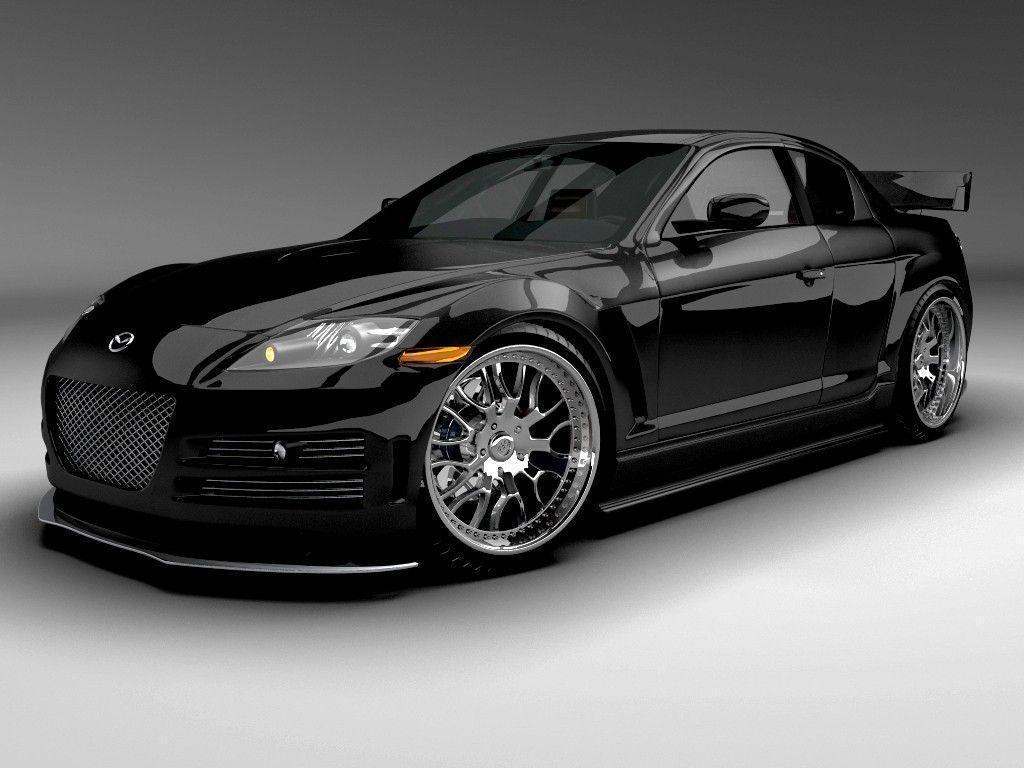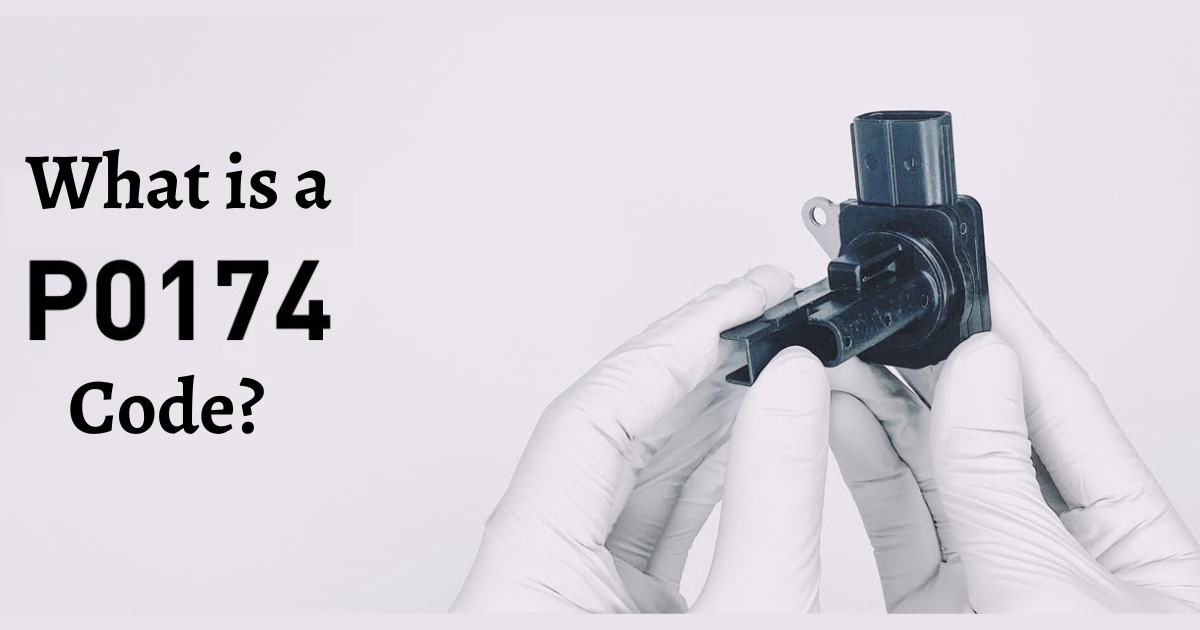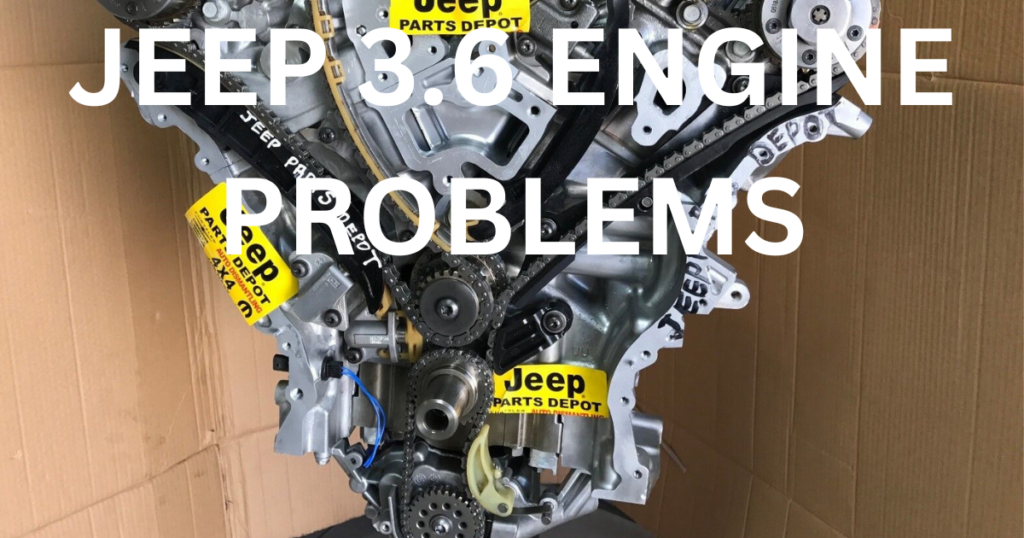
Talk about an overwhelmingly durable and reliable engine; talk about the Jeep 3.6 Engine. It is also known as the 3.6L Pentastar V6. This same engine powers lots of 2011 to present Jeep, Dodge, and Chrysler models. Although the engine can provide years of reliable service, it is not without its problems. So, in this article, we will discuss the problems associated with the Jeep 3.6 Engine, their symptoms, causes, and solutions.
#1 Failure of the Cylinder Head
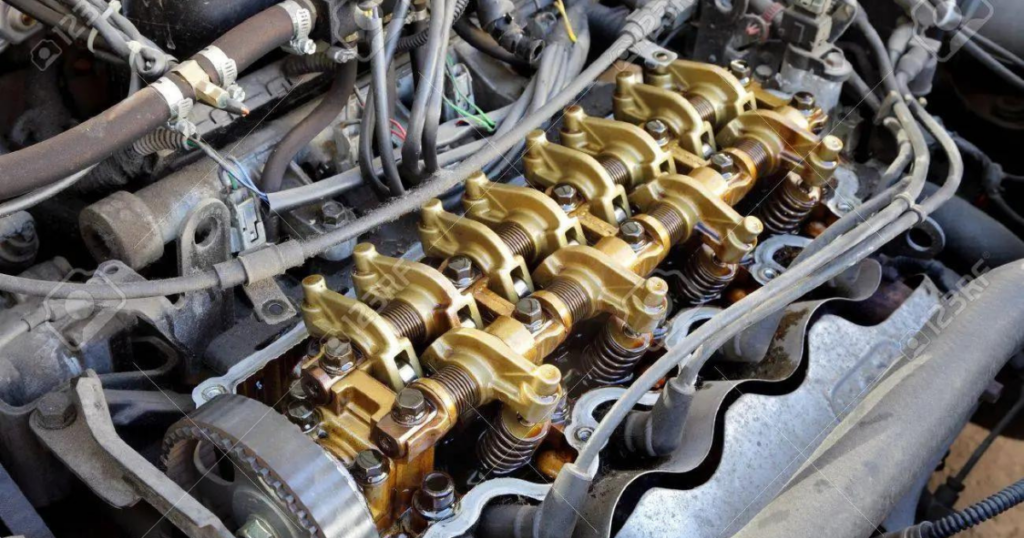
The cylinder head problem is a primary issue on the early Pentastar engines. The intake and exhaust of the engine are handled by cylinder head 2, which is made up of several chambers that allow the passage of the mixture of air and fuel. The problem arises as a result of an overheating of the valve seats on cylinder 2
Symptoms
Cylinder head failure is characterized by the following:
- Turning on the check engine light
- Misfire of the engine
- Decreased fuel economy
- Loss of power
- Increase in the temperature of the engine.
Causes
Although many things could cause the failure of the cylinder head, they are classified into three main categories:
- Improper cooling
- Piston-to-valve interference
- Improper valve clearance
The most common cause, however, is improper cooling due to head overheating. This can be a result of coolant leaks, a faulty radiator, or a cooling system that is not efficient.
Piston-to-valve interference can occur when the valves are not installed correctly or adjusted correctly or when the components of the valve wear off. Incorrect valve clearance, which is another major cause of cylinder head failure, can be due to an incorrect installation of the valves, wear of the valve, or an incorrect adjustment of the valve.
The first or noticeable symptom is the turning on of the check engine light. Leaving the problem unchecked may eventually lead to a drop in the cylinder compression, leading to symptoms like misfire and loss of power.
Solution
Once you can determine the cause of a problem, the next thing to do is take action to avoid further damage. Sometimes, all your Jeep needs is replacing the faulty part or calibration. However, there may be a need for more extensive repair, especially if a component has been damaged.
Replacing the cylinder head of the Jeep 3.6 engine is not cheap and may cost you thousands of dollars if it is not under warranty. The best thing to do in this case is to consult a professional and experienced mechanic to make sure that the repairs are done properly.
#2 Problems with the Rocker Arm / Cam Follower Failure
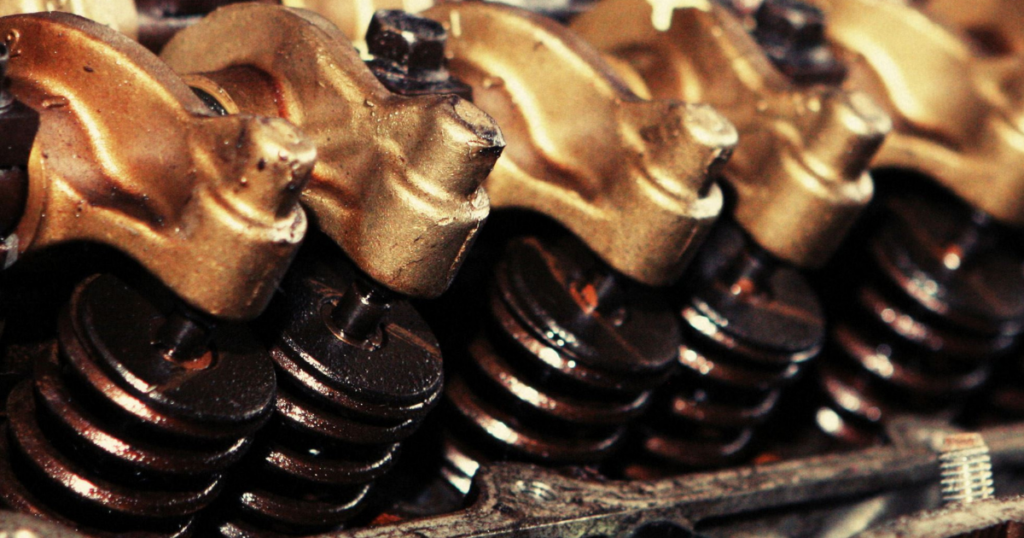
Your Jeep 3.6 engine can also have a problem with its Rocker Arm (also known as cam followers). Most times, people confuse this problem with cylinder head failure. This is probably because the rocker arm is also located in the cylinder head. This problem is not as common as it is suggested on the internet.
Symptoms
Cam follower failure is often characterized by the following:
- A sound in your Jeep. This is a tickling sound from the upper area of the engine as a result of the hitting together of the loose parts of the rocker’s arm as they move up and down. It is the most common symptom of rocker arm failure.
- Fault codes, also known as the DTC (Diagnostic Trouble Code). These codes are usually a signal for cylinder misfire.
- Misfire
- Loss of power
Causes
- Damage or wear out of the cam follower itself.
- Blockage of the movement of the component, such as debris build-up on the surfaces it moves against.
- Restricted movement of the rocker’s arm.
Solution
To solve this problem, you will need knowledgeable mechanics as it is labor intensive. Sometimes, the only way will be for you to replace the cam follower, as its parts are very small and delicate. However, you may need to clean it and replace some of its parts at other times.
#3 Problem with the Radiator / Cooling System Issues
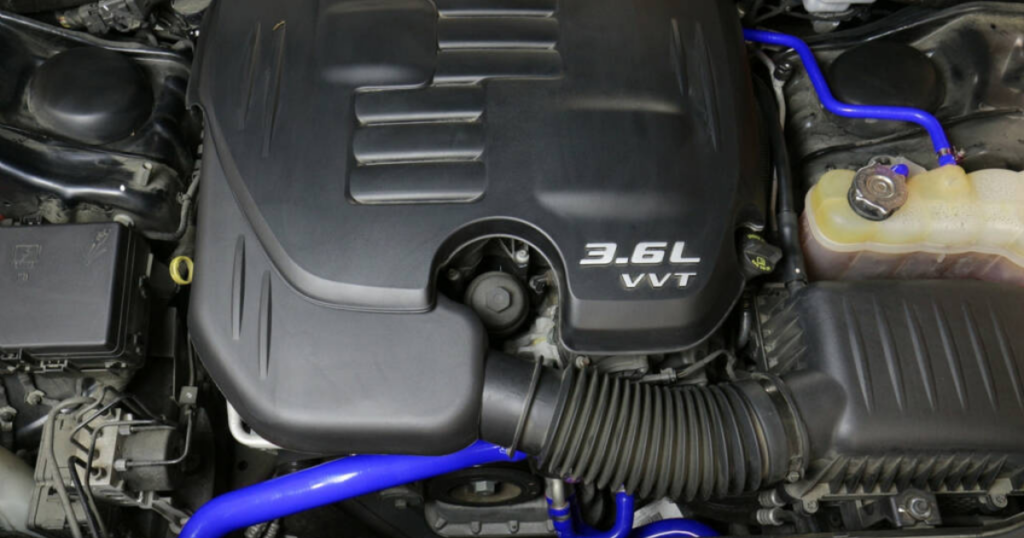
The radiator’s job is to keep the engine cool by moving coolant through it. Therefore, the Jeep 3.6L engine’s radiator will overheat if the radiator isn’t working correctly. This might result in engine damage.
Symptoms
The Jeep 3.6L engine has a number of radiator-related symptoms and including:
- Overheating is the most common symptom. The engine will be too hot to touch and might eventually overheat and quit.
- Coolant leaks are another sign. The radiator must be changed if it is leaking.
Causes
The common cause of radiator problems in the Jeep 3.6L engine includes the following:
- A radiator leak.
- Clogging.
- Problem with the water pump itself.
Solution
The Jeep 3.6L engine’s radiator issues may be fixed in a number of ways. The radiator might be replaced as a potential remedy. Repairing the leak and clearing the trapped debris is another option.
The water pump can also be replaced as a third option. However, if the radiator is broken beyond repair or not operating correctly, it might need to be replaced immediately.
#4 Water Pump Seizing
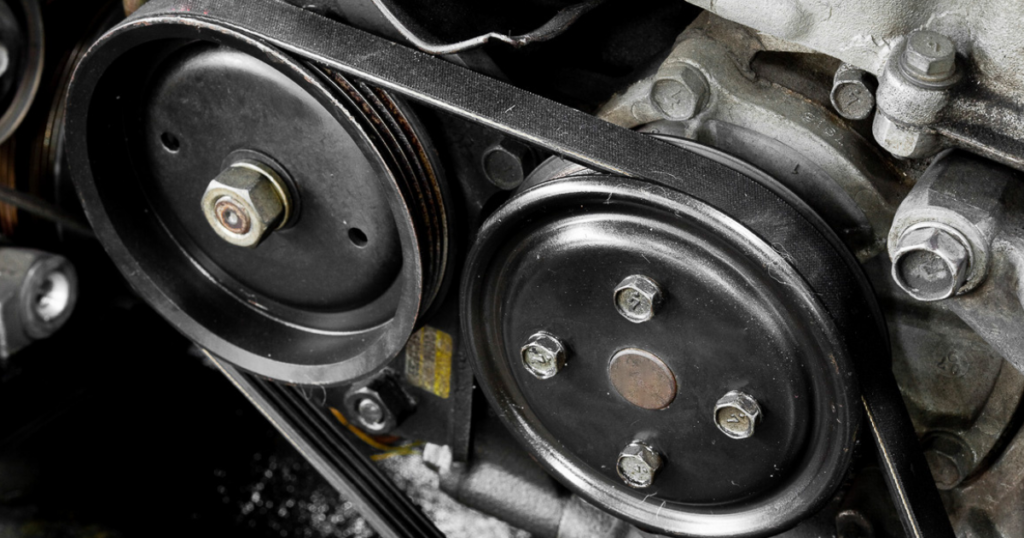
The water pump ensures that coolant is flowing through the radiator, hoses, engine block, and cylinder head to keep the engine at the proper operating temperature. Hence its seizure makes the Jeep 3.6 engine to operates at a high temperature which is dangerous for it.
Symptoms
There are a number of indications that might occur when the water pump in a Jeep 3.6L engine seizes. Examples include:
- Overheating
- Leakage
- Engine damage
Causes
- Lack of lubrication: One of the most frequent reasons for water pump failure is a lack of lubrication. The coolant lubricates the water pump; therefore, the pump may seize if insufficient coolant exists.
- Leak in the cooling system: The coolant level may get too low due to a leak in the cooling system or for other reasons.
- Accumulation of debris: Seizing can also result from debris accumulation since it can restrict how easily the pump can operate. Anything that enters the cooling system, such as rust, dirt, or scale, can cause this build-up.
- Improper installation of the water pump: The water pump’s improper installation might also result in seizing since it can put the pump under strain that eventually causes binding and failure.
Solution
It is crucial to replace the water pump as soon as possible since it might seriously harm the engine. Pumps that have seized up cannot circulate coolant effectively, and this might result in the engine overheating. Also, severe engine damage may develop from this, and a replacement engine may be required in certain situations.
Related: Toyota Camry Problems (Common Issues And Fixes)
#5 Oil Pump Failure
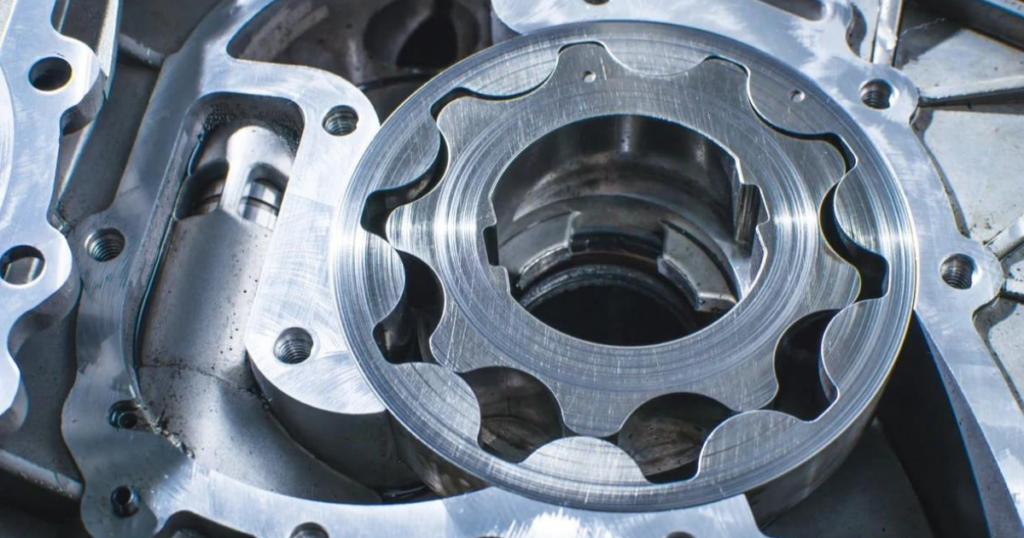
A Jeep 3.6L engine’s oil pump going bad can cause a lot of issues with the system. It makes the oil flow to be inconsistent, resulting in bad engine performance. This problem rarely occurs as the ECU fixes it immediately without the driver knowing.
It does its best to prevent any further damage. Therefore, what is usually called an oil pump failure is actually a drop in oil pressure. However, it could be a headway for other engine problems if it is not addressed in good time.
Symptoms
When your Jeep 3.6 engine has an oil pump failure, you could notice the following things:
- Overheating of the engine
- Odd noise from the engine
- Car stalling
- The engine may run rough or even lose power due to an oil pump failure
Causes
An oil pump failure might have several different reasons, including:
- An accumulation of debris in the pump can obstruct oil flow and lead to pump failure.
- Loss of prime, which can occur if you let the engine run out of oil.
- Like normal circumstances, the oil pump may eventually succumb to regular wear and tear and fail.
Solution
Regular oil and filter changes and frequent oil level checks are the greatest ways to avoid oil pump failure. However, the pump will need to be changed if it malfunctions for the reasons listed above.
Conclusion
The fact that the Jeep has depended on the 3.6L Pentastar’s strength, reliability, and longevity for more than ten years does not imply that it will be trouble-free. However, when you catch the issues at their earliest stages, you can address them right away before they get out of hand.
Therefore, if you notice your Jeep 3.6 engine is giving any of the symptoms listed here, take it immediately to the mechanic if its solution is not what you can handle by yourself.

